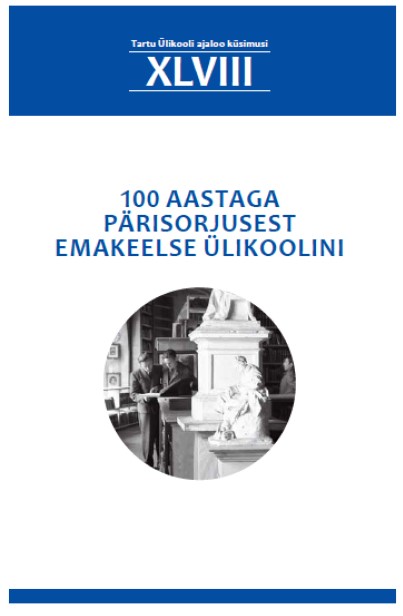Tartu Ülikooli patoloogilise anatoomia instituudi kollektsioon inimorganismist pärit kividest
The University of Tartu Institute of Pathological Anathomy's Collection of Human Stones
DOI:
https://doi.org/10.15157/tyak.v48i48.16894Abstract
This article describes a rare collection of human stones originally
owned by the Institute of Pathological Anatomy and assumed to be a
study collection that dates back to the 19th century.
Prior to writing this article, I familiarised myself with the collection
of stones that form in human bodies at the UT Museum
(ÜAM_1613:1–65 AjM).
Reviewing these collections, one often returns to the question of
why do these stones form in our bodies? The most common stones in
the human body are kidney and bladder stones, gallstones, calculi
and salivary gland stones. Some of these rarely appear in human
bodies or they may be present without causing any real symptoms,
while the person is completely unaware of their existence. It is known
that poor diet or metabolism disorders may contribute to the build-up
of the stones either in the kidneys or bladder or the growth of dental
plaque around our teeth, for example.
The collection described in this article ((ÜAM_1613:53/1 AjM) also
had a note from 1873 in German addressed to the then Professor of
Pathological Anatomy Jakob Ernst Arthur Böttcher (1831–1889) attached
to one of its gallstones.
The collection was delivered to the museum in May 2000 from the
New Anatomical Theatre. The whole collection is rare and holds significant
historical and scientific meaning for the University of Tartu.
Hence, it was accepted to the main collection of exhibits of the UT
Museum in September 2017.
The collection that now belongs to the UT Museum has been on
display in the foyer of the education innovation centre in the Old
Anatomical Theatre since February 2020.

